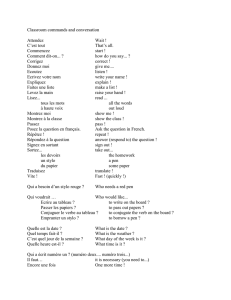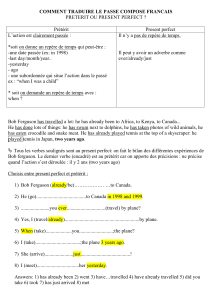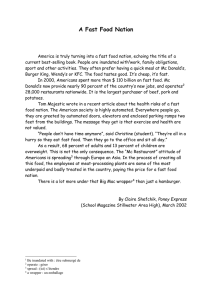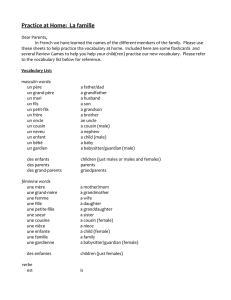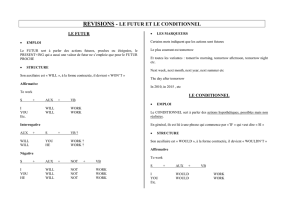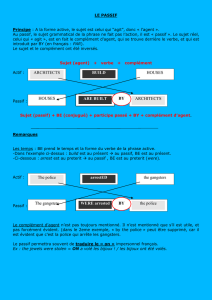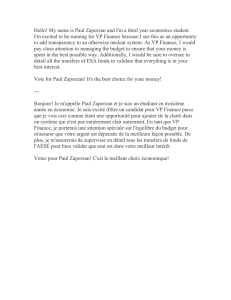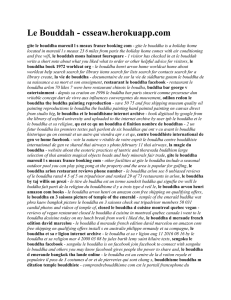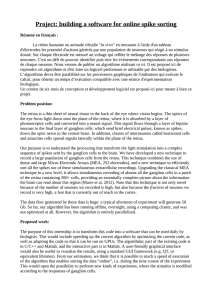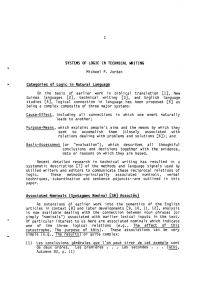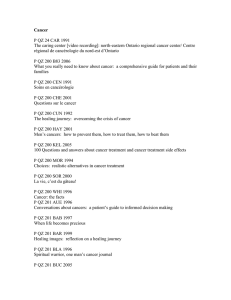Vriesea pulverulenta lineata Revue Hort
publicité
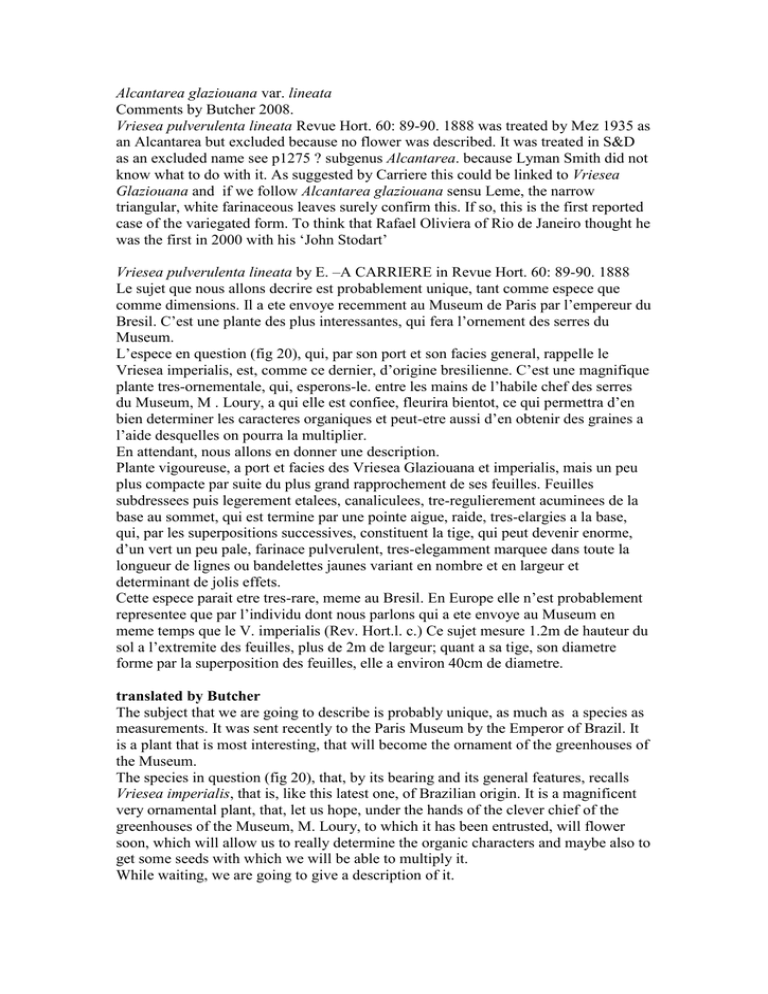
Alcantarea glaziouana var. lineata Comments by Butcher 2008. Vriesea pulverulenta lineata Revue Hort. 60: 89-90. 1888 was treated by Mez 1935 as an Alcantarea but excluded because no flower was described. It was treated in S&D as an excluded name see p1275 ? subgenus Alcantarea. because Lyman Smith did not know what to do with it. As suggested by Carriere this could be linked to Vriesea Glaziouana and if we follow Alcantarea glaziouana sensu Leme, the narrow triangular, white farinaceous leaves surely confirm this. If so, this is the first reported case of the variegated form. To think that Rafael Oliviera of Rio de Janeiro thought he was the first in 2000 with his ‘John Stodart’ Vriesea pulverulenta lineata by E. –A CARRIERE in Revue Hort. 60: 89-90. 1888 Le sujet que nous allons decrire est probablement unique, tant comme espece que comme dimensions. Il a ete envoye recemment au Museum de Paris par l’empereur du Bresil. C’est une plante des plus interessantes, qui fera l’ornement des serres du Museum. L’espece en question (fig 20), qui, par son port et son facies general, rappelle le Vriesea imperialis, est, comme ce dernier, d’origine bresilienne. C’est une magnifique plante tres-ornementale, qui, esperons-le. entre les mains de l’habile chef des serres du Museum, M . Loury, a qui elle est confiee, fleurira bientot, ce qui permettra d’en bien determiner les caracteres organiques et peut-etre aussi d’en obtenir des graines a l’aide desquelles on pourra la multiplier. En attendant, nous allons en donner une description. Plante vigoureuse, a port et facies des Vriesea Glaziouana et imperialis, mais un peu plus compacte par suite du plus grand rapprochement de ses feuilles. Feuilles subdressees puis legerement etalees, canaliculees, tre-regulierement acuminees de la base au sommet, qui est termine par une pointe aigue, raide, tres-elargies a la base, qui, par les superpositions successives, constituent la tige, qui peut devenir enorme, d’un vert un peu pale, farinace pulverulent, tres-elegamment marquee dans toute la longueur de lignes ou bandelettes jaunes variant en nombre et en largeur et determinant de jolis effets. Cette espece parait etre tres-rare, meme au Bresil. En Europe elle n’est probablement representee que par l’individu dont nous parlons qui a ete envoye au Museum en meme temps que le V. imperialis (Rev. Hort.l. c.) Ce sujet mesure 1.2m de hauteur du sol a l’extremite des feuilles, plus de 2m de largeur; quant a sa tige, son diametre forme par la superposition des feuilles, elle a environ 40cm de diametre. translated by Butcher The subject that we are going to describe is probably unique, as much as a species as measurements. It was sent recently to the Paris Museum by the Emperor of Brazil. It is a plant that is most interesting, that will become the ornament of the greenhouses of the Museum. The species in question (fig 20), that, by its bearing and its general features, recalls Vriesea imperialis, that is, like this latest one, of Brazilian origin. It is a magnificent very ornamental plant, that, let us hope, under the hands of the clever chief of the greenhouses of the Museum, M. Loury, to which it has been entrusted, will flower soon, which will allow us to really determine the organic characters and maybe also to get some seeds with which we will be able to multiply it. While waiting, we are going to give a description of it. Vigorous plant, has the bearing and features of Vriesea Glaziouana and imperialis, but a bit more compact due to the extra closeness of its leaves. Leaves sub-erect then slightly spreading, canaliculate, very regularly acuminate from the base to the tip, that ends in an acute tip, stiff, very widened at the base, that, by the successive overlapping, makes up the stem, that can become enormous, a slightly pale green blade, farinaceous powdery, marked very elegantly the whole length with lines or yellow small bands varying in number and in width and making a pretty effect. This species seems to be very rare, even in Brazil. In Europe it is not represented probably other than by the individual of which we speak that has been sent to the Museum at the same time as the V. imperialis (Rev. Hort.l. c.) This subject measures 1.2m high from soil to the extremity of the leaves, more than 2m wide; as for its stem, its diameter is formed by the overlapping of the leaves, and is about 40cm diameter.
![The Enzymes, Chemistry and Mechanism o] Action, edited by](http://s1.studylibfr.com/store/data/004040712_1-47306fdc4a3811eb8dd0f228af791e56-300x300.png)

